Artificial Bait
WHAT IS ARTIFICIAL BAIT?
Artificial bait is a man-made alternative to natural bait which is engineered for use in longline fisheries to imitate one or more of the natural bait’s features. An artificial bait may replicate visual, chemical or physical attributes of natural bait, dependent on the foraging biology of the target species. Initially designed to better attract target catch, artificial bait has been investigated for its potential in reducing bycatch through increased species-selectivity.
Fine-tuning an artificial bait to the specific sensory capabilities of the target species (i.e. knowing whether they predominantly use their vision or sense of smell etc to find food) can reduce bycatch of unwanted non-target species. Non-target species interactions (seabirds, turtles, sharks and marine mammals) may be avoided by making artificial bait either repellent, or simply non-attractive to these species, whilst simultaneously ensuring it remains attractive to the target fish. By increasing bait’s selectivity it may also be possible to reduce catch of under-sized target fish.
CURRENT RESEARCH & USE
Trials undertaken in the Alaskan sablefish and Pacific halibut demersal longline fishery found that appropriately designed artificial bait reduced bycatch of multiple species ten-fold, including shark, skate, and various non-target fish. Further, fishers from an Australian charter fishery have reported that switching to lures and jigs reduced shark bycatch, although these observations may be fishery-specific.
While much research needs to be undertaken before artificial baits become a viable alternative to natural baits, they hold the potential to be a reusable, cost-effective and bycatch-mitigating tool.
This page was last updated on 03.07.25.
Interested in how this and other measures could mitigate bycatch in your fishery? Get in touch with us to collaborate or take part in a study.

